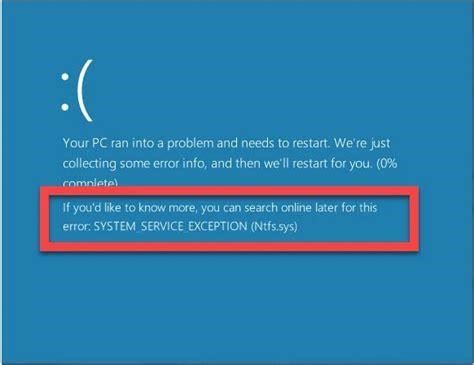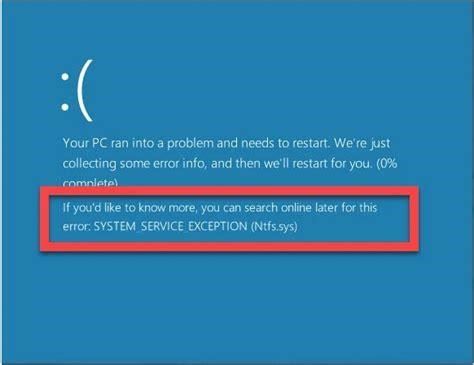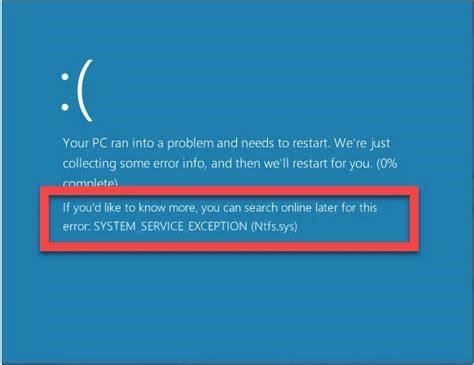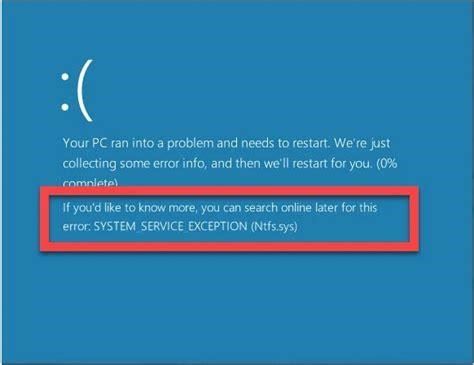A Deep Dive into the Essential Graphics API on Windows 10: Vulkan Run Time Libraries
In our perpetual quest for faster and smoother graphics rendering on Windows, we often find ourselves installing new packages and runtimes without fully understanding their purpose. Vulkan Run Time Libraries is one such addition that has led to some confusion among Windows 10 users regarding its necessity and impact. This article aims to clear the air and provide a comprehensive explainer of Vulkan Run Time Libraries based on insights from IT professionals.
Introducing Vulkan: A Next-Gen 3D Graphics API
Developed by the Khronos Group, Vulkan serves as a successor to the tried-and-tested OpenGL graphics standard. It is a low-overhead, cross-platform 3D graphics API that allows game developers and graphics programmers direct control over GPU acceleration for maximized performance.
In layman’s terms, Vulkan unlocks the true potential of your GPUs and utilizes multicore CPU capabilities to output stunning 3D graphics and visual effects. By reducing driver overhead, it ensures smooth gameplay and high framerates compared to OpenGL.
Major players including Valve, Electronic Arts, Nvidia, and Arm are members of the Vulkan Working Group. Its cross-platform capabilities make it ideal for console, mobile, and desktop game development.
Why Vulkan Run Time Libraries are Installed on Windows 10
During Windows 10 installation or graphics driver upgrades, Vulkan Run Time Libraries gets added automatically without explicit user authorization. This has led many to question its necessity.
We found expert perspectives on online forums indicating that Vulkan Runtime forms a core graphics infrastructure component on Windows 10. The libraries contain essential drivers and binaries required by the Vulkan loader – the interface between a Vulkan application and the GPU driver.
Without Vulkan installed, any programs or games leveraging its capabilities would fail to initialize and render graphics appropriately. Thus, the runtime libraries need to be present, regardless of whether you actually play games on the device.
Modern AAA game titles depend heavily on Vulkan for boosting frame rates and enabling cross-platform support. Moreover, Microsoft’s own DirectX 12 API builds upon Vulkan, sharing several similarities under the hood.
Uninstalling Vulkan Run Time Libraries using system utilities like Revo could break critical graphics subsystems and render games unplayable. Our recommendation is to leave it be, unless you face specific conflicts caused by the runtime components.
Checking Vulkan Support on Your Windows Device
You can verify if your Windows 10 device supports Vulkan acceleration using the following methods:
-
Open Settings > Apps > Apps & features – Search for "Vulkan" to see if the runtime is installed.
-
Open the DirectX Diagnostic Tool using Windows key + R > type "dxdiag" > switch to the Display tab. If "Vulkan" appears under Feature Levels, your device is Vulkan-ready.
-
Download the free Vulkan SDK and run the cube demo – successful rendering confirms Vulkan capabilities.
-
Try an experimental build of Vulkan-supported games like Doom, Wolfenstein II, or Red Dead Redemption 2 from Steam – smooth unhindered gameplay indicates Vulkan runtime is functional.
If your system lacksVulkan libraries, we recommend updating your GPU drivers from Nvidia, AMD, or Intel which should automatically install the requisite components.
The Future of High-Efficiency Graphics APIs
With Vulkan becoming ubiquitous across gaming ecosystems, we foresee broader adoption in non-gaming domains like video editing, CAD modeling, and even web browsing. AMD and Intel have been vocal proponents of Vulkan as an alternative to vendor-specific technologies like CUDA and DirectX 12 Ultimate.
The upcoming Windows 11 release places emphasis on GPU resource optimization, setting the stage for next-gen workloads powered by Vulkan and DirectX 12 Ultimate to utilize every ounce of graphical horsepower.
As 3D graphics and visuals become more immersive and demanding, Vulkan promises a unified solution to unlock maximum device capabilities with minimal overhead. Its cross-platform design also fits right into Microsoft’s vision of bringing Xbox titles to Windows 11 via solutions like Auto HDR.
In closing, for both gamers and general users, keeping Vulkan Run Time Libraries on Windows 10 remains critical to enjoying smooth visual performance and compatibility with cutting-edge graphics applications. We hope this guide offered useful insights into the role of this little-known system component. Let us know in the comments if you have any other tips or tricks for harnessing Vulkan’s capabilities!




